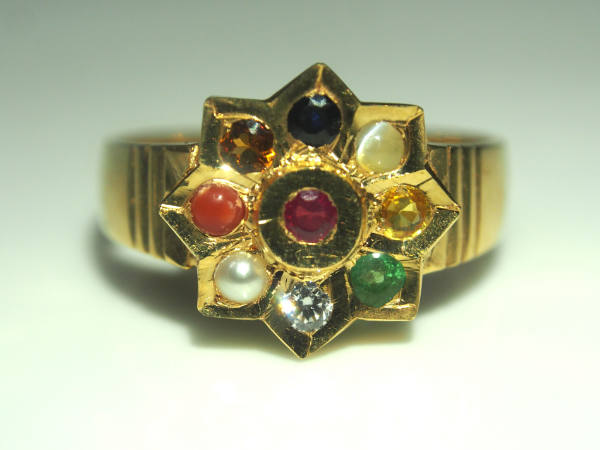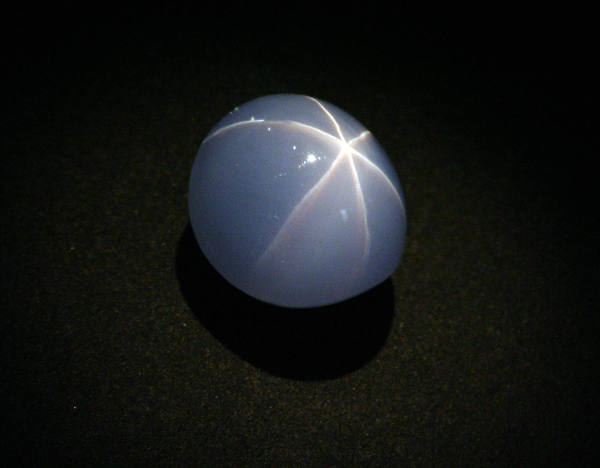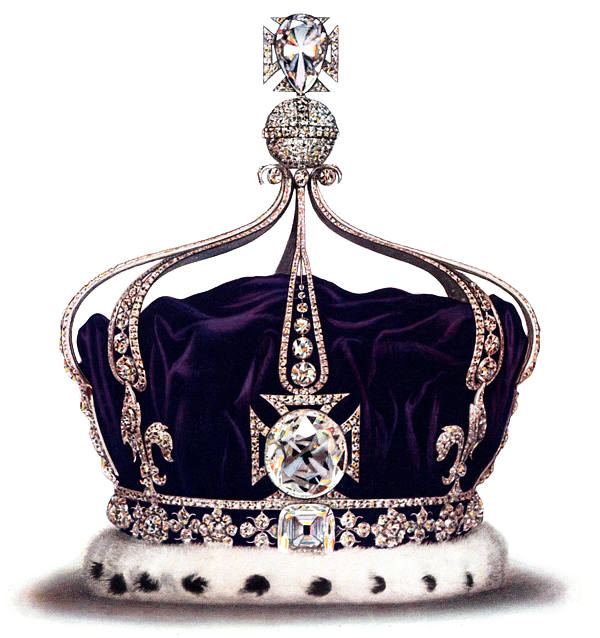Knowledge
16.02.2023 Gemstones and Cultures – India
In India, the trade and use of gemstones in jewelry has been part of the culture for thousands of years, becoming inextricably linked to it. The history of gemstone trading and jewelry making goes back more than five millennia. For 2,000 years, India was considered the only gemstone supplier in the world. Nowhere is the fascination with gemstones and their fortune-bringing properties more pronounced.
Known since time immemorial as the “gift of the gods,” gemstones adorn not only deities in temples and dancers’ jewels. Gemstones occupy a firm place in everyday Indian life. Read on to learn about Indian customs related to gemstones, how their meaning has changed over time, and which Indian gemstones have caused a stir worldwide.

Indian gemstones – insignia of power
Gemstones have been firmly anchored in Indian life since ancient times. They appear in paintings in the caves of Ajanta and Ellora, which were made between the second and sixth centuries and depict a wide variety of jewelry. According to ancient Sanskrit sources, gemstones also have a healing effect. In the most famous Indian epic, the Mahabharata, the gods possess the elixir of life, Amrita. According to legend, it consists of pure water, herbal juice, liquid gold, and dissolved gemstones.
Jewelry decorated with precious stones was worn not only for adornment, but also to reveal the wearer’s social status. Mughal emperors and later Indian princes developed a passion for collecting gemstones. They used gemstones not only to decorate utilitarian objects but also for inlay work on buildings. For example, the Mughal emperor Shah Jahan built the world-famous Taj Mahal for his beloved wife Mumtaz Mahal, who died in 1631. In the mausoleum, which is made of white, black, and yellow marble, 28 different types of precious stones were inserted, including jasper, carnelian, agate, crystal, lapis lazuli, sapphire, coral, garnet, onyx, blood jasper, and many others.


Gemstones and customs

Many Indian customs revolve around gemstones. One of the most beautiful is the Navaratna, which has a seemingly rich history. In Sanskrit, Navaratna means “nine jewels.” According to Indian astrology, the nine gems are earthly representations of the planets and lunar nodes, which are assigned as follows:
– Ruby / Sun
– Pearl / Moon
– Red Carnelian / Mars
– Garnet / Northern lunar node (Rahu)
– Blue Sapphire / Saturn
– Cat’s Eye / Southern lunar node (Ketu)
– Yellow Sapphire / Jupiter
– Emerald / Mercury
– Diamond / Venus
With the Navaratna, any piece of jewelry can serve as a supporting piece. It can be a ring, bracelet, or earrings. The only important thing is that the nine gemstones are present. The gemstones give the jewelry its powers and can drive away evil as a talisman.

Indian gemstones worldwide
The Star of India
With a carat weight of 536 ct, the Star of India is the largest sapphire ever cut. What is striking about this sapphire is that the asterism can be seen from the top and bottom. This sapphire was found in Sri Lanka about 300 years ago and transferred to the American Museum of Natural History in New York by financier John Pierpont Morgan in 1901.
The Jewel Heist of the Century
On October 29, 1964, the Star of India and other precious stones were stolen in a spectacular heist from the American Museum of Natural History in Manhattan. During normal museum operations, the thieves opened a window in the restroom and entered at night. Once inside, they allegedly roped themselves into the Star of India exhibition hall. It was the only stone secured by an alarm. However, the alarm was not working that day, allowing the thieves to steal the Star of India and 22 other gems at their leisure. Among them were the DeLong Star Ruby, the Midnight Star, and the Eagle Diamond. Two days after the crime, however, the police were able to convict the thieves. Most of the stolen gems resurfaced two months later in a locker at a Miami bus station. The Eagle Diamond, however, remains missing to this day.


Koh-i-Noor
The Koh-i-Noor is considered the oldest known diamond. According to a myth more than 500 years old, Hindu gods quarreled over this gemstone. First mentioned in 1304, it became the eye of the peacock on the world-famous Peacock Throne in Delhi. Over the centuries, the stone changed hands quite a few times. In 1850, it finally came to Great Britain, where Queen Victoria had it recut. The former 185-carat diamond was thereby reduced to its current size of 108.93 carats. In 1937, the Koh-i-Noor was set into the crown of Queen Elizabeth, later known as the Queen Mother. Since then, the oldest diamond in the world has been on display in the British Crown Jewels.


